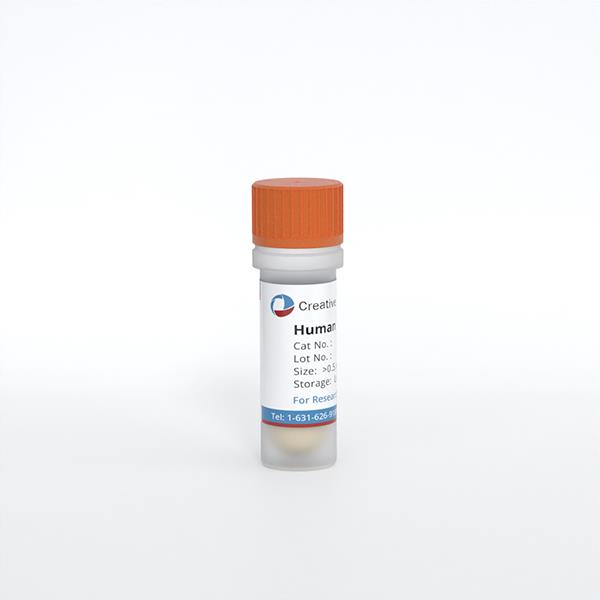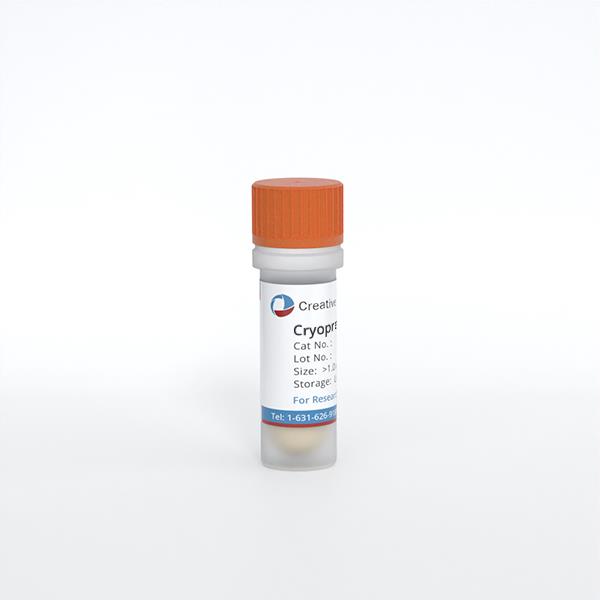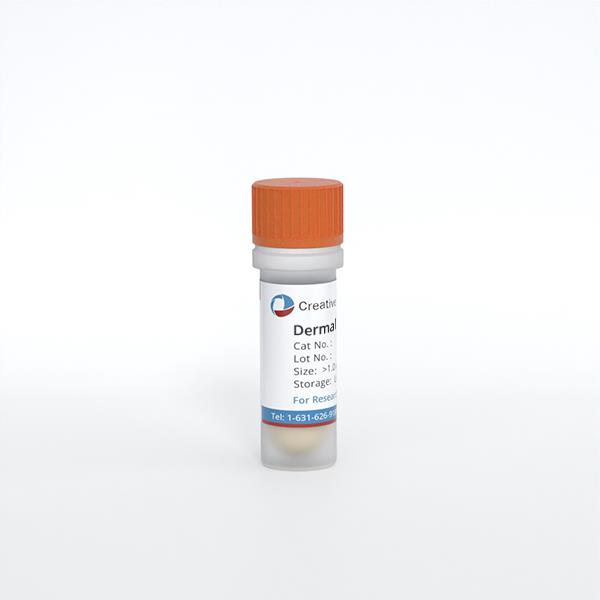Featured Products
Hot Products
ONLINE INQUIRY

Human Dermal Fibroblasts from Duchenne Muscular Dystrophy (DMD) Patient
Cat.No.: CSC-C9395W
Species: Human
Source: Dermis; Skin
Cell Type: Fibroblast
- Specification
- Q & A
- Customer Review
Cat.No.
CSC-C9395W
Description
Human fibroblasts are derived from cultured skin explants. These fibroblasts are from a single donor. Fibroblasts enable researchers to study skin diseases such as dermatitis, wound healing, and other diseases that are expressed in fibroblasts. In addition, they may be used to study the development of skin and production of inducible pluripotent stem cells to study disease models. These fibroblasts are isolated from an individual clinically diagnosed with Duchenne Muscular Dystrophy (DMD). The progressive weakening of muscles can cause severe cardiovascular and respiratory issues that limit life expectency to the mid twenties.
Species
Human
Tissue of Origin
Dermis
Source
Dermis; Skin
Cell Type
Fibroblast
Disease
Duchenne Muscular Dystrophy (DMD)
Storage
Liquid Nitrogen (-180 °C).
Quality Control
All cells test negative for mycoplasma, bacteria, yeast, and fungi. HIV-1, hepatitis B and hepatitis C.
Storage and Shipping
Creative Bioarray ships frozen cells on dry ice. On receipt, immediately transfer frozen cells to liquid nitrogen (-180 °C) until ready for experimental use. Never can cells be kept at -20 °C
Citation Guidance
If you use this products in your scientific publication, it should be cited in the publication as: Creative Bioarray cat no. If your paper has been published, please click here to submit the PubMed ID of your paper to get a coupon.
Ask a Question
Write your own review
Related Products



